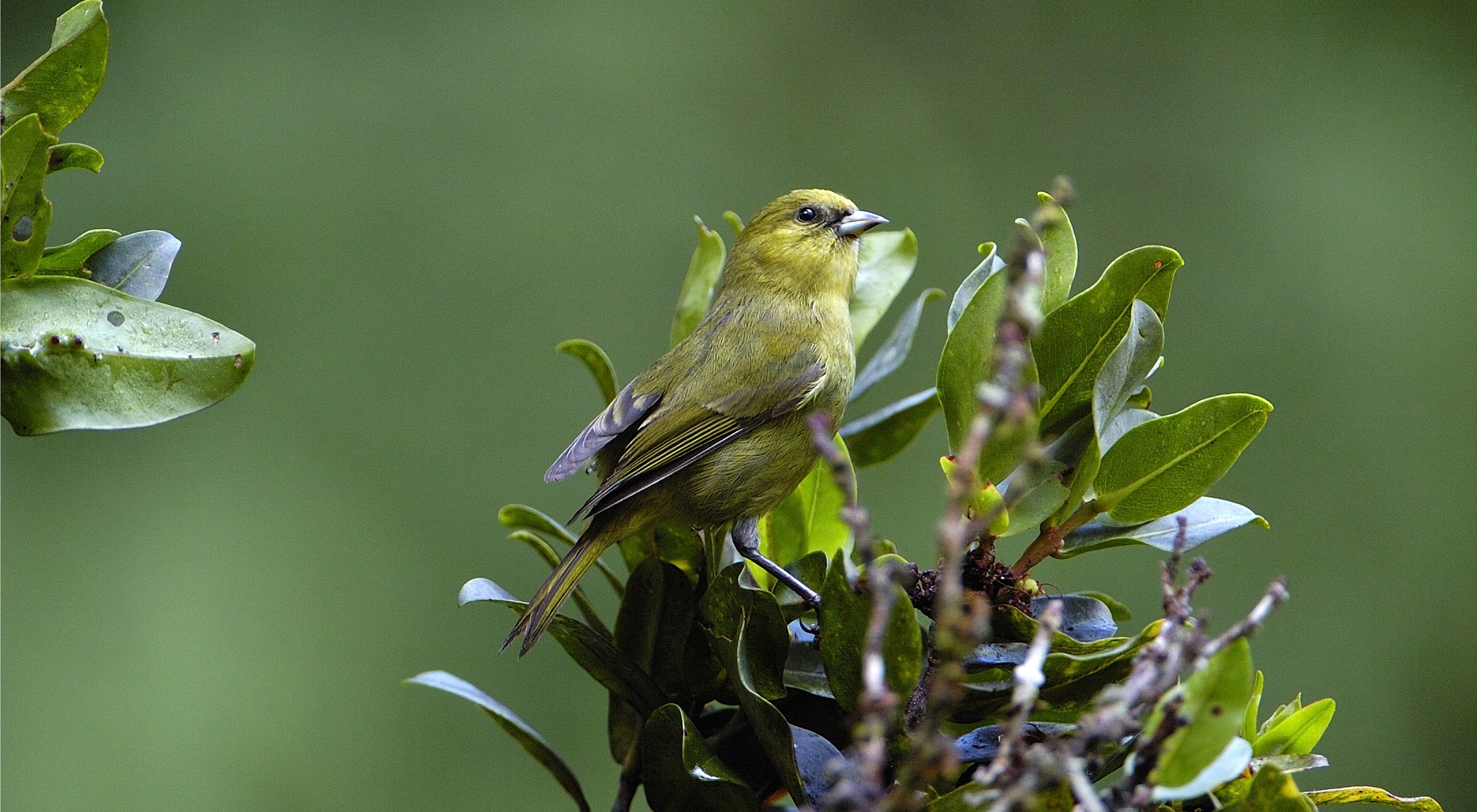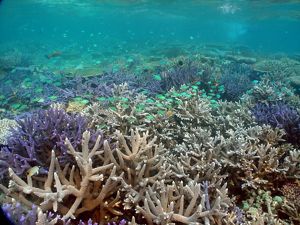Population control can be a touchy subject, but that isn’t usually the case when it comes to mosquitoes. The reviled insects cause painful, itchy bumps and spread deadly diseases like malaria to people and to native forest birds in Hawai‘i.
“Mosquitoes found their way to Hawai‘i in the 1800s, and eight species have now been documented across the state,” says Alison Cohan, terrestrial program director for The Nature Conservancy in Hawai‘i. “Unfortunately, warming temperatures brought on by climate change are allowing mosquitoes to move up in elevation into formerly safe havens, where they are spreading avian malaria to birds that are already on the brink of extinction.”
Hawai‘i's native bird species risked of extinction
A recent report warns that four of Hawai‘i's native bird species—the ‘akikiki, ‘akeke‘e, kiwikiu and ‘ākohekohe—are at risk of extinction within the next decade—unless we act now.
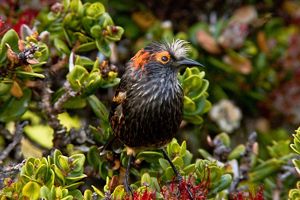
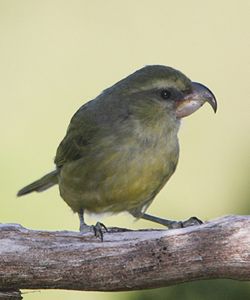
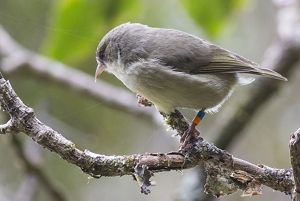
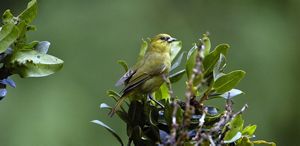

‘Ākohekohe: Akohekohe is critically endangered in Waikamoi Preserve Maui. © Michael R Neal - MNEAL.NET

Kiwikiu: Kiwikiu in Waikamoi Preserve © Michael Walthers

‘Akikiki: ‘Akikiki on a branch © Jacob Drucker

Akeke‘e : Akeke‘e a critically endangered native honeycreeper found only on Kauai. © Jim Denny
TNC scientists are working with partners to find ways to protect native birds. And so far, it seems that nature itself could be the best solution. Researchers have discovered that male mosquitoes are unable to successfully reproduce when they are given a particular strain of Wolbachia, a bacteria commonly found in insects. If the strains of Wolbachia carried by mating male and female mosquitoes are incompatible, the eggs that are laid do not hatch, reducing mosquito populations. This method has been successfully used to control mosquitoes that cause human disease, but not yet with the species that is killing birds in Hawai‘i. According to Alison, each step of the process is challenging, but the threat is urgent.
“We are rapidly learning how to efficiently capture male mosquitoes, work effectively with Wolbachia, identify critical habitat locations, develop deployment methods and engage local communities,” says Alison. "This kind of innovation is essential to our efforts to improve the outlook for birds found nowhere else on Earth.”
